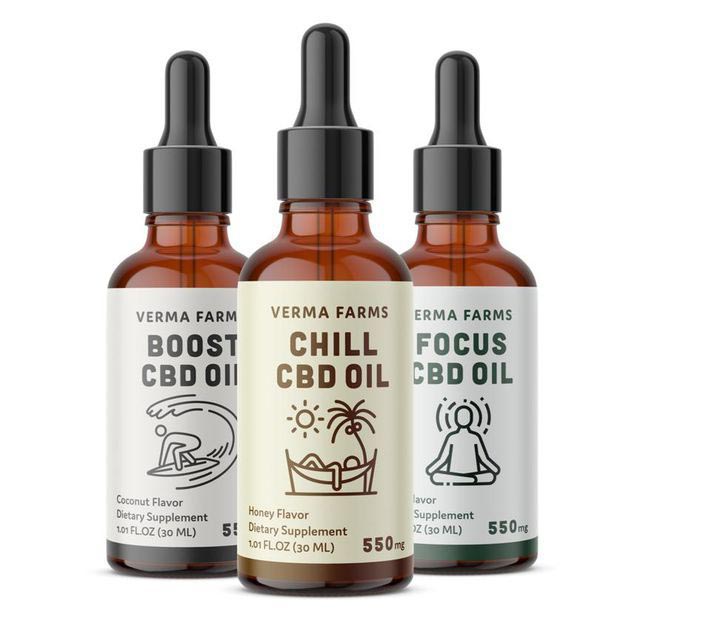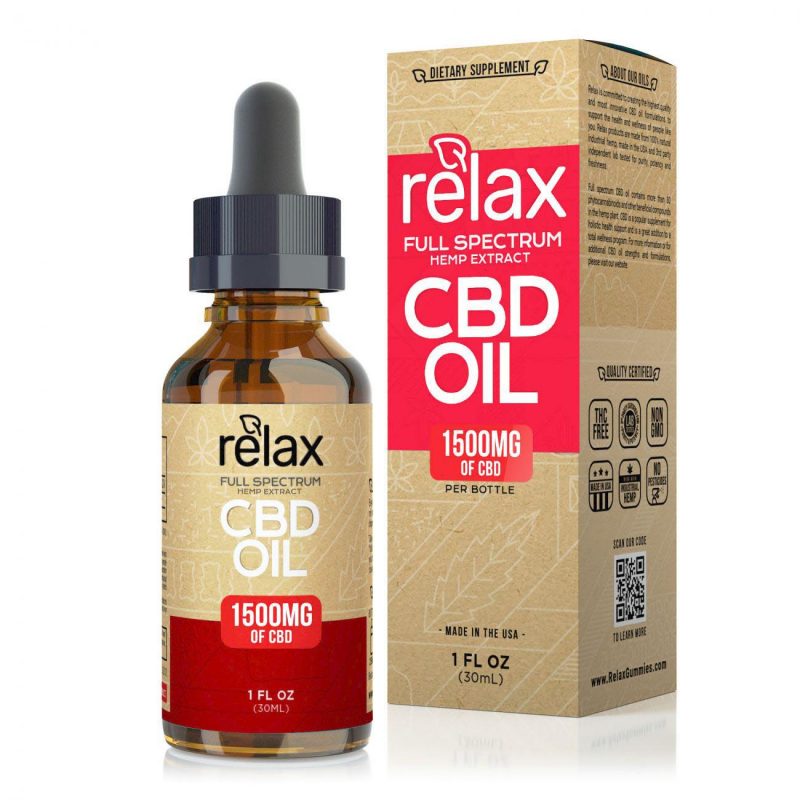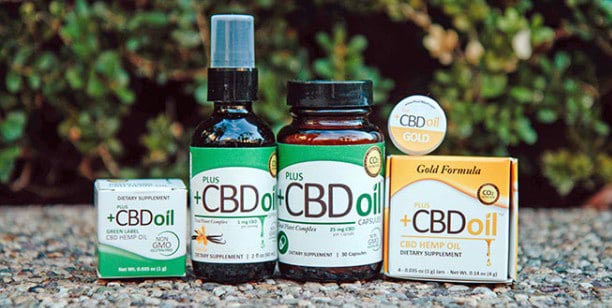If it had even been suggested as recently as forty years ago that marijuana would not only have been legalised but come close to being deified in some of the soberest of circles around the world in 2021 and would have re-presented itself as a highly lucrative, globally popular commercial product, they may have had to suffer the humiliation of being ‘laughed off the planet’.
Marijuana has turned over a new leaf, so to speak. These days, the image of cannabis has not just been dusted off but burnished to the point where it has delivered industries estimated to be worth upwards of US$20 billion. Legalisation has torn down the walls of rejection in even the most conservative countries and global industry lobbies deify ‘weed’ as a guaranteed ‘bankable’ product in the right hands.
As marijuana’s medical and cosmetic credentials continue to bask in iron-clad scientific confirmation, there appears to be no stopping its inevitable longer-term veneration. Marijuana has traveled light years from the days when it was smoked in dark and secluded places, and amongst the law-breakers in tenement yards. What was once a black market commodity is, these days, floated on stock markets, continually attracting the attention of investors.
Prior to legalisation it was a matter of ‘rolling a joint’ and keeping an eagle eye out for the police. These days, legalisation has opened a cornucopia of research and development. There are, these days, several forms of cannabis and its mind-boggling versatility has meant that it has found its way into a host of industries.
Not only are there more forms of cannabis, such as shatter, wax, and other concentrates, but consumer technology advancements have led to new ways to utilise marijuana. It is, however, the plethora of products which, these days, dominate the commercial landscape that underline the meteoric rise of marijuana.
Currently making the commercial waves in the world of marijuana is Cannabidiol (CBD), a chemical component found in marijuana and which, researchers say, has considerable all-round benefits. It is, studies suggest, a powerful antioxidant, possibly more powerful than vitamins C and E, given its capacity to fend off skin damage. It is this property that has made CBD a ‘gift’ to the beauty industry. It has reportedly caught the attention of the United States Academy of Dermatology and, unsurprising the high-rolling global skin care industry.
The word from the global skin care and cosmetology sector is that CBD is not only here to stay but that it is likely to be a major money-spinner in these sectors for quite a while yet. Global entrepreneurial institutions, with their eyes on greater wealth have already disclosed that the market for CBD in the US alone could grow to as much as US$20 billion over the next three years. It is around to stay! In fact, the market for CBD sales is soaring, projected to surpass $20 billion by 2024 in the U.S alone. A large slice of that is certain to come from CBD-based beauty products. CBD’s value to the skin sector reportedly reposes in it capacity not just to reduce skin inflammation but to support natural healing. In fact, in its role as a “renewable solution for all skin types” including acne-sensitive skin, CBD appears to have inserted itself into a cushy niche in the beauty industry. Indeed, it is CBD, for the most part, that has been largely responsible for adjusting the image of marijuana, providing a product the once carried a huge social stigma with a “complete makeover.”
As a renewable solution for all skin types, including sensitive skin and acne-sensitive skin, CBD has touted a new beauty craze. Its promotional strengths include its sleep-inducing properties and its value in the treatment of pain, anxiety, insomnia, and other ailments. How does it really help? According to the Centers for Disease Control in the USA one in three adults does not sleep enough. Insomnia, reportedly, can cause chronic illnesses such as mental disorders, obesity, diabetes, and heart disease.
CBD is also known to address pain-related issues and deliver anti-aging benefits. Scientists have found that CBD’s potent anti-inflammatory properties may significantly reduce visible signs of aging including wrinkles resulting in younger appearing skin.
These days, CBD is found in lotions, oils, balms and other cosmetics. There are CBD-base cleansing agents, face serums, moisturisers, shampoos and conditioners, massage oils and lip balms. CBD is also commonly used to relieve pain generally and in the joints. This makes it great for use in massages, especially for people with arthritis.











